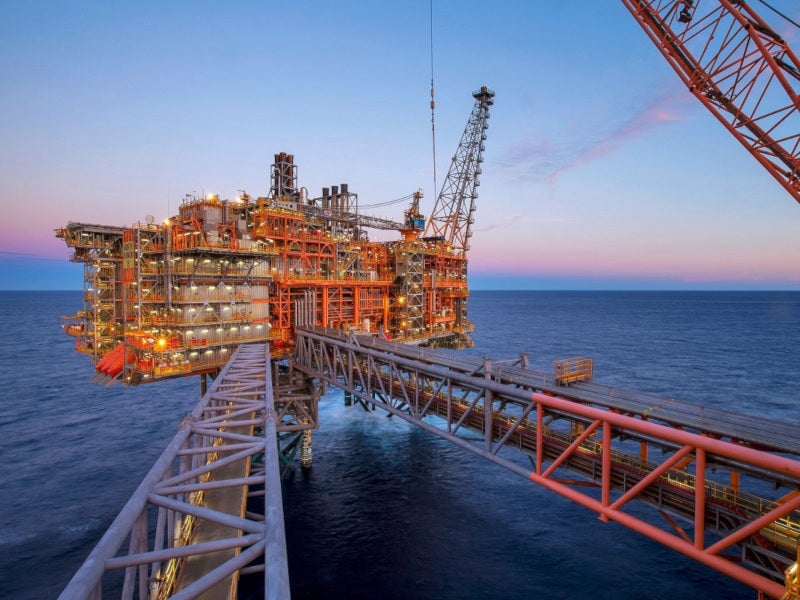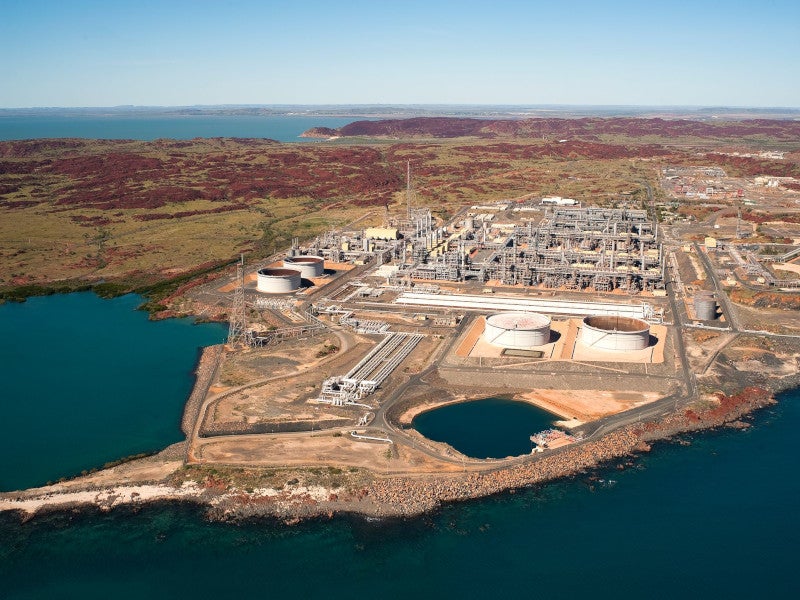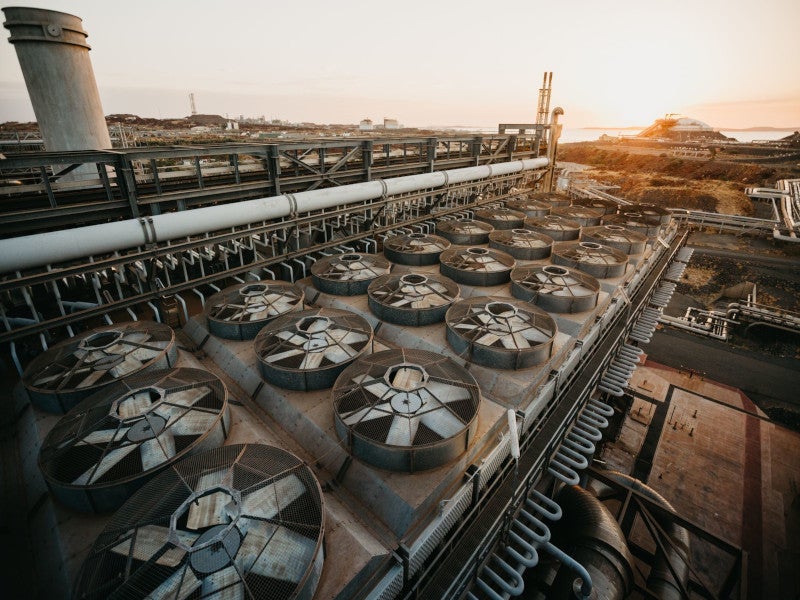The North West Shelf (NWS) project extension is a planned transformation of the existing NWS project in the state of Western Australia in Australia.
The extension project is proposed to enable the NSW project to transition into a liquefied natural gas (LNG) facility that is capable of processing gas and fluids from third parties and the remaining or new NWS joint venture (NWSJV) field resources for an additional 40 years.
Woodside Energy is the operator of the NWSJV with a 33.33% stake, while BP Developments Australia, Chevron Australia, Japan Australia LNG (MIMI) and Shell Australia are its partners owning a stake of 16.67% each.
The Western Australian Environmental Protection Authority (EPA) has recommended approval for the NWS project extension in June 2022, on the condition that greenhouse gas (GHG) emissions from the existing facility are reduced to net-zero by 2050.
The NWS project currently supplies natural gas, LNG, liquefied petroleum gas (LPG), and condensate to domestic and international markets. It has been in operation for more than 30 years.
The extension is aimed at increasing the life of the NSW project until 2070, without the installation of new processing facilities.
Location and field details
The NSW project extension is located on the Burrup Peninsula, approximately 18km north-west of Karratha in the Pilbara region of the Western Australia.
The project is approximately 10km north-east of Dampier, a major industrial port in the northwest of Western Australia.
NWS project extension details
The NWS project extension involves enhancing the capability of the Karratha gas plant to process third-party gas and fluids through modifications to its onshore receiving facilities.
The project will include changes to feed gas composition, and the environmental discharge and emission composition. Additional operational equipment is expected to be installed in order to accommodate the changes.
Upgrades to metering at the Karratha gas plant will be also carried out to allow the processing of gas and fluids from third parties.
The extension project will also comprise inspection, maintenance, and repair (IMR) and improvement programmes for the trunklines that transport gas and de-watered liquid hydrocarbons to the gas plant.
In addition, it will consist of the replacement of equipment, plant, and machinery, wherever required, as well as maintenance dredging related to jetties and berthing pockets.
NWS project details
The NWS project comprises the production of oil and gas from offshore fields, located approximately 125km north-west of Karratha, Western Australia.
The offshore facilities include the North Rankin Complex, Goodwyn A and Angel natural gas platforms and the Okha, a floating production, storage and off-take vessel (FPSO). Consisting of the North Rankin A and North Rankin B platforms, the North Rankin Complex is one of the largest offshore gas processing facilities in Australia.
The NSW project started operations in 1984 following the startup of the onshore Karratha gas plant.
The existing processing, storage, and offloading facilities of the NWS project comprise five LNG processing trains, two domestic gas trains, six condensate stabilisation units, three liquefied petroleum gas (LPG) fractionation units, LPG, LNG, and condensate storage facilities, and two jetties to export condensate, LPG, and LNG.
The facilities also include two subsea trunklines, power generation and supporting utilities, and an off-site supply base.
Karratha gas plant
Covering an area of about 200ha, the Karratha gas plant is located 1,260km north of Perth and produces LNG, domestic gas, condensate and LPG.
Following its commissioning, the gas plant received feed gas and fluids from the offshore North Rankin Complex in the Carnarvon Basin off the north-west coast of Australia.
The plant was expanded several times and additional facilities were installed. Currently, the plant has an LNG production capacity of up to 18.5 million tonnes per annum (mtpa).
Contractors involved
ACIL Allen Consulting was engaged by Woodside to assess estimated direct and indirect economic impacts from the NWS project extension on the economies of Australia and Western Australia.





